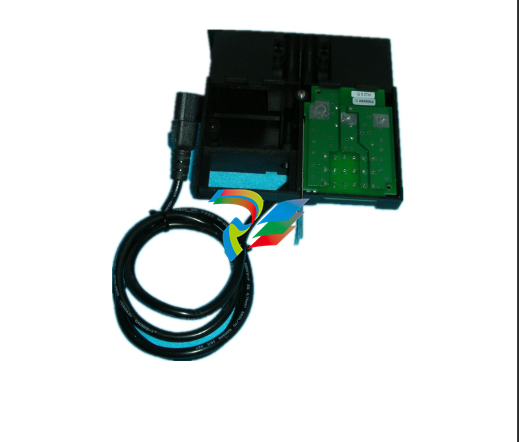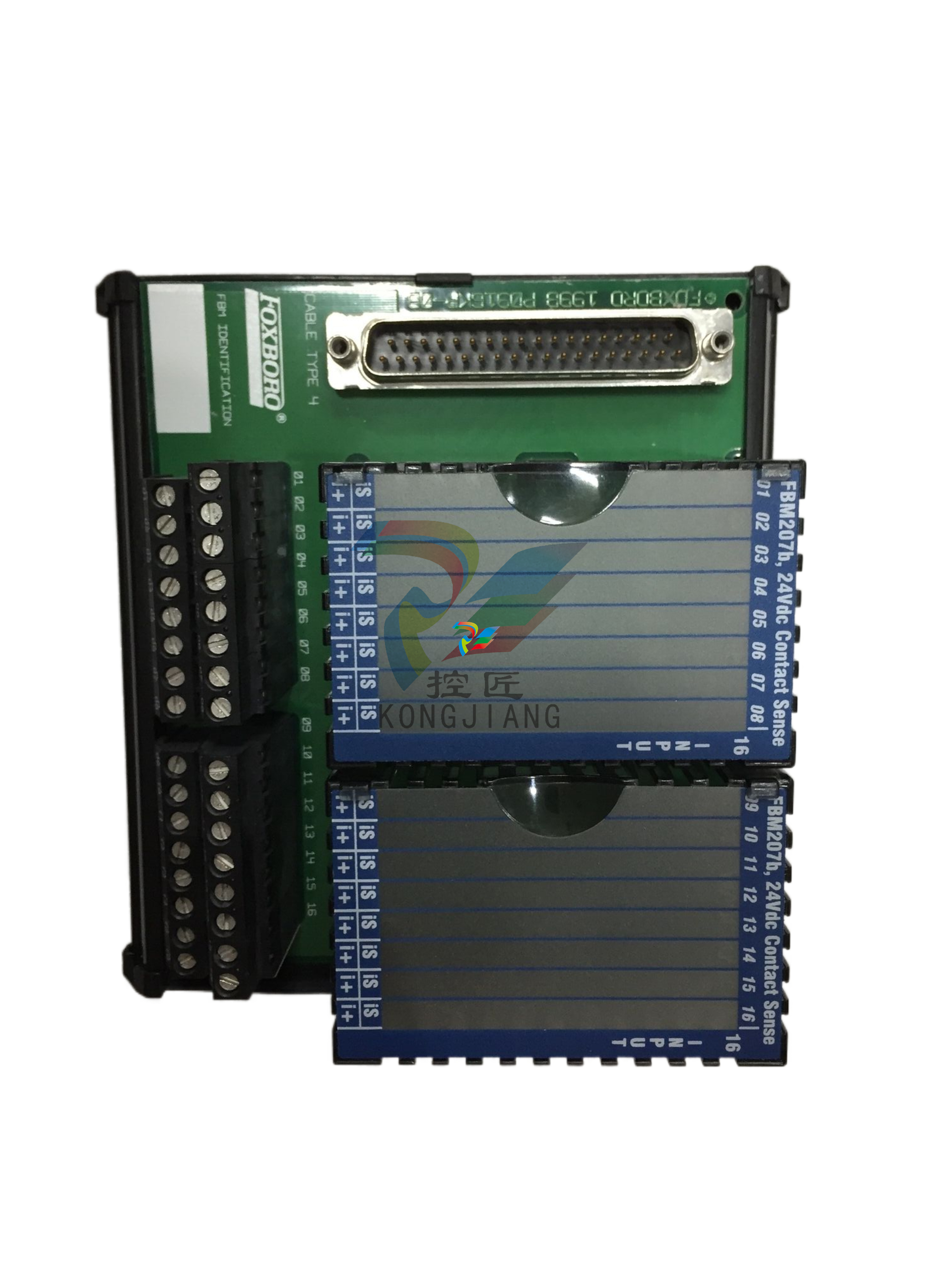
Oil and Gas Automation
### Title: Oil and Gas Automation: Driving Efficiency and Safety in the Energy Sector In the modern oil and gas industry, automation has emerged as a key driver for enhancing operational efficiency, ensuring safety, and maximizing productivity. From the exploration and production phases to transportation, storage, and refining, automation technologies are transforming every aspect of the oil and gas value chain. #### 1. Introduction to Oil and Gas Automation Oil and gas automation involves the integration of advanced technologies such as sensors, control systems, robotics, and artificial intelligence (AI) into the processes within the industry. These technologies work together to monitor, manage, and optimize operations that were traditionally highly labor-intensive and often subject to human error. Sensors are deployed throughout oil and gas facilities to collect crucial data on parameters like pressure, temperature, flow rates, and the composition of hydrocarbons. For instance, in an oil well, pressure sensors can continuously monitor the pressure within the reservoir, providing valuable information about the productivity and health of the well. Temperature sensors on pipelines ensure that the transported oil or gas remains within the appropriate temperature range to prevent issues like clogging or damage to the infrastructure.
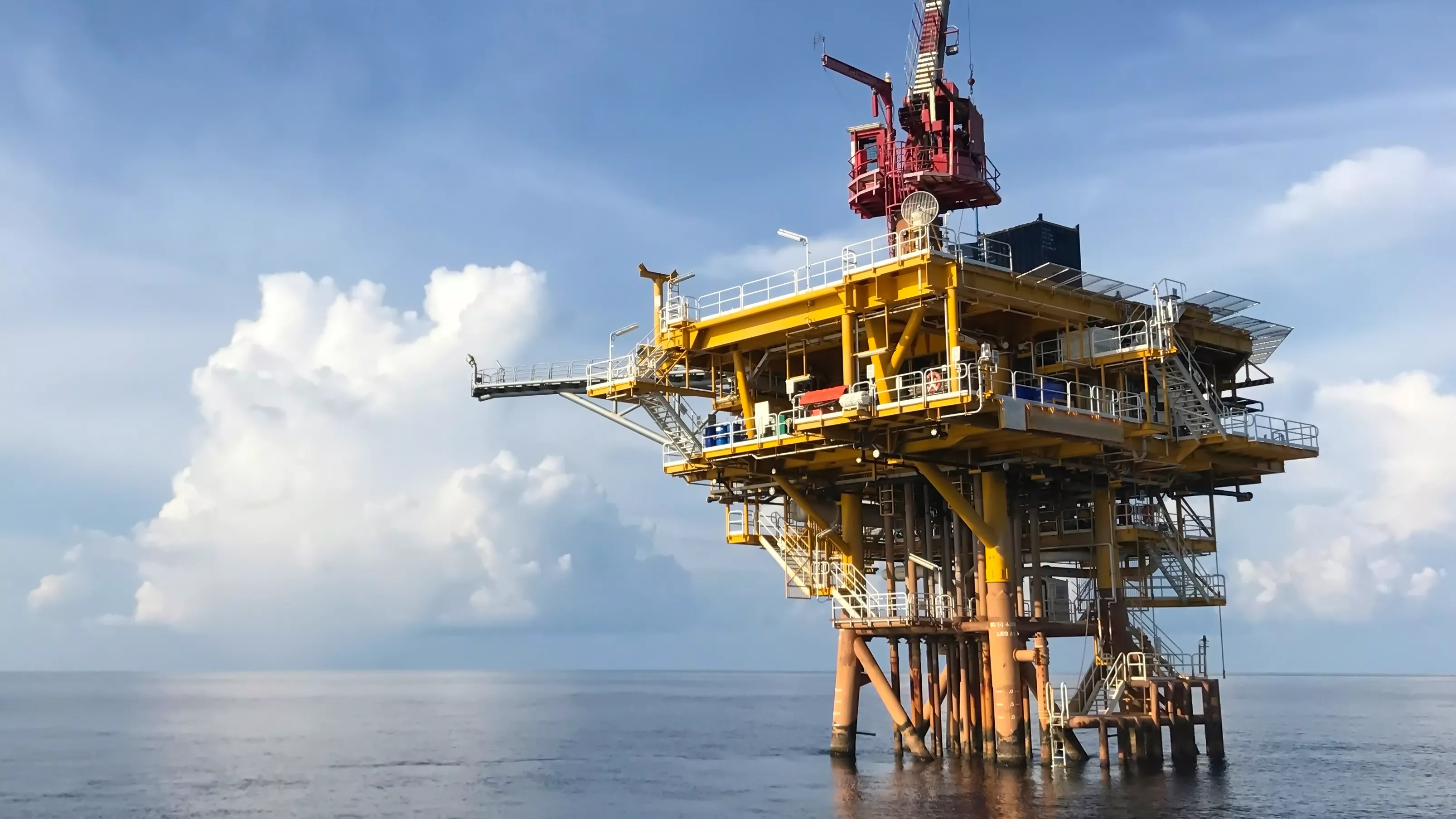
Control systems, including Programmable Logic Controllers (PLCs) and Distributed Control Systems (DCS), are at the heart of automation. They take in the data from sensors and execute predefined logic to control various equipment such as pumps, valves, and compressors. Based on the real-time information received, these systems can adjust the operation of machinery to optimize production levels, maintain stable flow rates, and ensure the integrity of the overall process. #### 2. Applications in Different Stages of the Oil and Gas Industry - **Exploration and Production**: - In exploration, automated seismic surveying techniques use advanced sensors and unmanned vehicles (such as drones and autonomous underwater vehicles) to map potential oil and gas reservoirs more accurately and efficiently than ever before. These technologies can cover large areas quickly and gather detailed data on subsurface structures. - During production, automated wellhead control systems manage the flow of oil and gas from wells. They can adjust choke valves based on real-time production data to optimize the production rate while ensuring the safety of the well. Additionally, robotics are increasingly being used for tasks like well inspection and maintenance. For example, robotic crawlers can navigate inside pipelines to detect cracks or corrosion without the need for human entry, reducing risks to workers in hazardous environments. - **Transportation and Storage**: - In the transportation of oil and gas through pipelines, automation plays a vital role in leak detection and flow control. Smart sensors along the pipeline can detect even tiny leaks by monitoring pressure changes and flow patterns. Automated valves can then be triggered to isolate the affected section quickly, minimizing environmental damage and product loss. - In storage facilities such as oil tanks and gas terminals, level sensors and automated inventory management systems keep track of the quantity of stored products. This enables precise scheduling of deliveries and withdrawals, optimizing storage space utilization and ensuring a continuous supply to downstream customers. - **Refining and Processing**: - Refineries are complex industrial plants that rely heavily on automation. Automated process control systems regulate the chemical reactions and physical separation processes involved in refining crude oil into various valuable products like gasoline, diesel, and jet fuel. They adjust parameters such as temperature, pressure, and reaction times in distillation columns, catalytic crackers, and other processing units to ensure high-quality output while maximizing yield and minimizing energy consumption. - AI-driven analytics are also being used to predict equipment failures in refineries. By analyzing historical data and real-time sensor readings, these systems can identify potential maintenance issues before they cause costly shutdowns, allowing for proactive maintenance and improved overall plant reliability. #### 3. Benefits of Oil and Gas Automation - **Enhanced Efficiency**: Automation optimizes the operation of equipment and processes, reducing idle time and maximizing production output. For example, in a refinery, precise control of processing parameters can increase the yield of valuable products by several percentage points. Automated systems can also coordinate multiple operations simultaneously, streamlining workflows and improving the overall efficiency of the entire oil and gas operation. - **Improved Safety**: The oil and gas industry involves working in hazardous environments with risks such as explosions, fires, and exposure to toxic gases. Automation reduces the need for human presence in dangerous areas. Robotic inspections, automated emergency shutdown systems, and remote monitoring all contribute to minimizing the risk of accidents and protecting the safety of workers. For instance, in offshore oil platforms, automated systems can detect and respond to abnormal conditions like gas leaks or extreme weather events more quickly than human operators, potentially averting disasters. - **Cost Savings**: By optimizing production processes, reducing maintenance costs through predictive maintenance, and minimizing losses due to leaks or inefficient operations, automation leads to significant cost savings in the long run. For example, avoiding unplanned shutdowns in a refinery can save millions of dollars in lost production and repair costs. Additionally, automation can help reduce labor costs by replacing repetitive and dangerous manual tasks with automated processes. - **Better Environmental Protection**: Automation enables more precise control of emissions and waste management in the oil and gas industry. In refineries, for example, automated systems can optimize the combustion process to reduce harmful emissions such as sulfur dioxide and nitrogen oxides. Leak detection and prevention systems in transportation and storage also help minimize the environmental impact of oil and gas operations by reducing the release of hydrocarbons into the environment. #### 4. Challenges and Future Trends - **Cybersecurity Challenges**: With the increasing reliance on connected automation systems, the oil and gas industry faces significant cybersecurity risks. Hackers could potentially target these systems to disrupt operations, cause environmental disasters, or steal valuable data. Therefore, robust cybersecurity measures, including firewalls, encryption, and employee training, need to be continuously enhanced to safeguard critical infrastructure. - **Integration of Emerging Technologies**: The future of oil and gas automation will see a deeper integration of technologies like AI, the Internet of Things (IoT), and blockchain. AI will be used for more sophisticated process optimization and predictive analytics. IoT will expand the network of connected devices, providing even more comprehensive data for decision-making. Blockchain technology has the potential to improve supply chain transparency and security in the oil and gas sector. - **Skilled Workforce Requirements**: As automation technologies become more complex, there is a growing need for a workforce that is proficient in both traditional oil and gas operations and the latest automation and digital technologies. Training and upskilling programs will be essential to ensure that employees can effectively operate, maintain, and innovate within an automated oil and gas environment. In conclusion, oil and gas automation is revolutionizing the industry by improving efficiency, safety, cost-effectiveness, and environmental protection. Despite the challenges it presents, the continued integration of advanced automation technologies will undoubtedly play a crucial role in shaping the future of the oil and gas sector, enabling it to meet the growing global energy demands while adhering to strict safety and environmental standards.


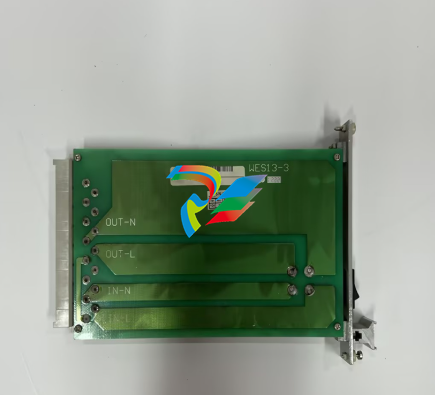
.jpg)


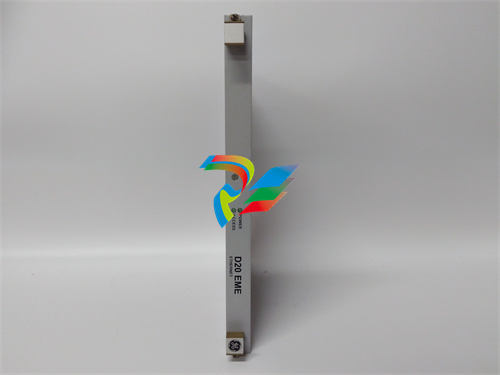













































.jpg)
.jpg)





.jpg)



.png)
.jpg)

.jpg)
_lVjBYb.jpg)

.jpg)
.jpg)



.jpg)
.jpg)







.jpg)

.jpg)
.jpg)











.jpg)




.jpg)
.jpg)
.jpg)
.jpg)
.jpg)
.jpg)

.jpg)

.jpg)
.jpg)
.jpg)

